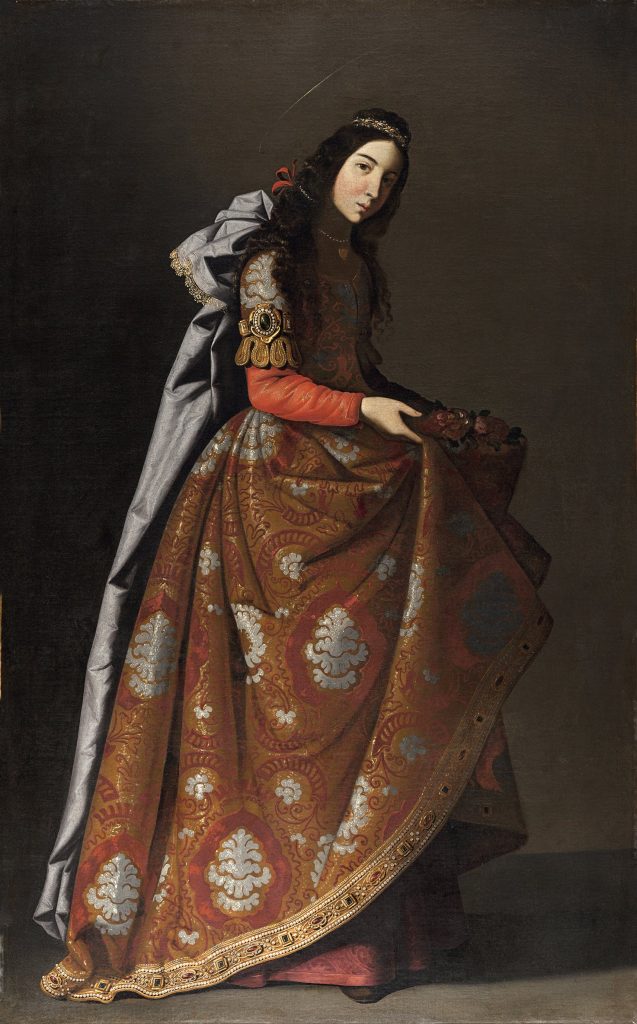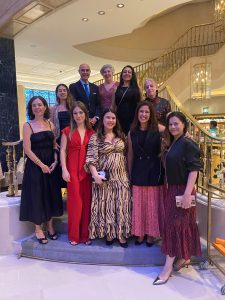
The fourth edition of Coming Up!, organised by SIE, Spain is Excellence, consolidates Spain as a world reference in tourism.

In the National Museum Thyssen-Bornemisza of Madrid is Saint Casildamasterpiece by Francisco de Zurbarán painted around 1635. This canvas reflects the essence of the Spanish Golden Agecombining technical mastery, devotion and spirituality.
Saint Casilda, the daughter of an Arab emir of Toledo, converted to the Christianity She secretly helped her father's Christian prisoners, carrying food hidden in her clothes. Legend has it that, when she was caught, the food miraculously transformed into rosesThis attribute appears on the canvas between the folds of her dress.
The oil painting highlights the richness of the texture of fabricsThe jewellery and the intensity of the colouring. The lightThe figure of the saint, the undisputed protagonist, is modelled on the figure of the saint and emphasises her monumentality against an unobtrusive background. The individualised features of the saint exemplify the concept of the "...".portrait of the divine"projecting sacred attributes onto the female figure.
The work travelled through various collections, from convents in Seville to Marshal Soult in France, via European and North American collections, until it entered the Museo Thyssen-Bornemisza in 1979. This itinerary reflects not only the popularity of the santas of Zurbarán, but also the relevance of his work in the history of art.
Saint Casilda remains a testimony to the baroque devotion and the mastery of Zurbarán, who, through light, colour and composition, conveys the spirituality and grandeur of his subjects.

The fourth edition of Coming Up!, organised by SIE, Spain is Excellence, consolidates Spain as a world reference in tourism.

Keys to a healthy financial retirement at The Arc Collection
Coral Gamo Sánchez shares practical advice on financial planning, saving and investing to achieve a healthy financial retirement in The

From 16 to 20 September, SIE welcomed an exclusive group of six high-level agencies.